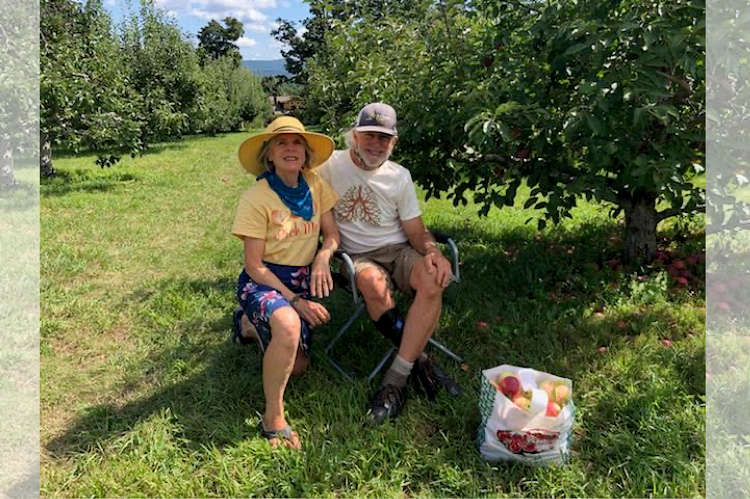From charging your phone to heating your home, energy powers your life. Unfortunately, not every energy resource is sustainable. Currently, many people rely on fossil fuels for most of their energy needs. Fossil fuels are finite resources—such as coal, oil, and natural gas—found in the earth and release excess greenhouse gases into the atmosphere – the root of climate change.
Solar energy, on the other hand, is cleaner and limitless. If you are interested in going green, solar panels may be a great addition to your home. Here are the basics you need to know.
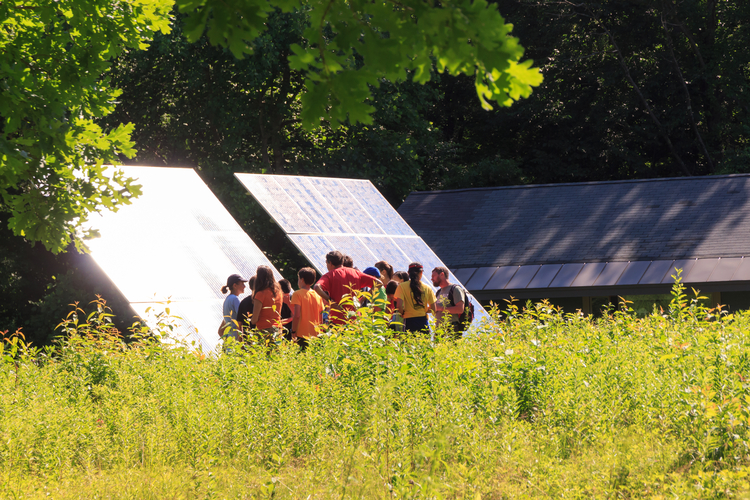
How do solar panels work?
As you drive through your town, you may see solar panels on the roof of someone’s home. These solar panels, or photovoltaic cells, rely on sunlight to create a microscopic reaction that separates electrons from the atom. This separation results in an electrical current that we can harness and use. Even when the sun isn’t shining, power is generated by an electric grid connected to the module.
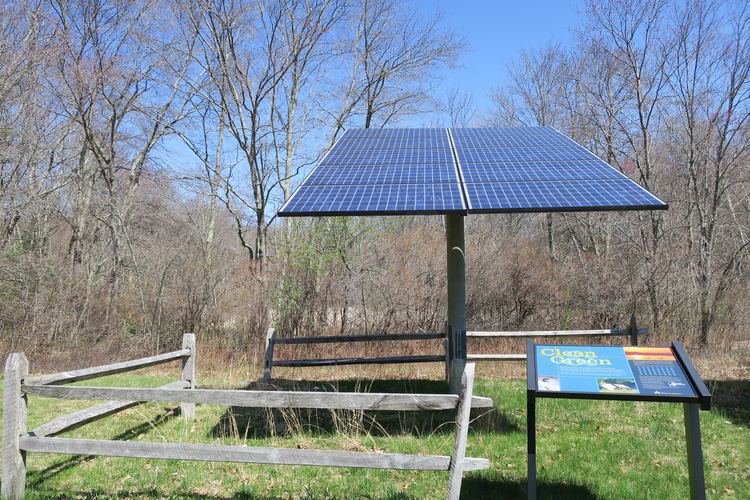
What to consider before getting solar panels
There are a couple of factors you need to consider before installing any solar panels on your home, including location and orientation to the sun. Solar panels should be placed in a location with plenty of direct sunlight and free of any trees or buildings that could block the sun’s rays. For houses in the Northern Hemisphere, it is optimal for solar panels to face south.
Once you confirm that your home is suitable for solar panels, you must decide what type and number of panels to install. A solar photovoltaic (PV) module can be installed on your roof or mounted on the ground.
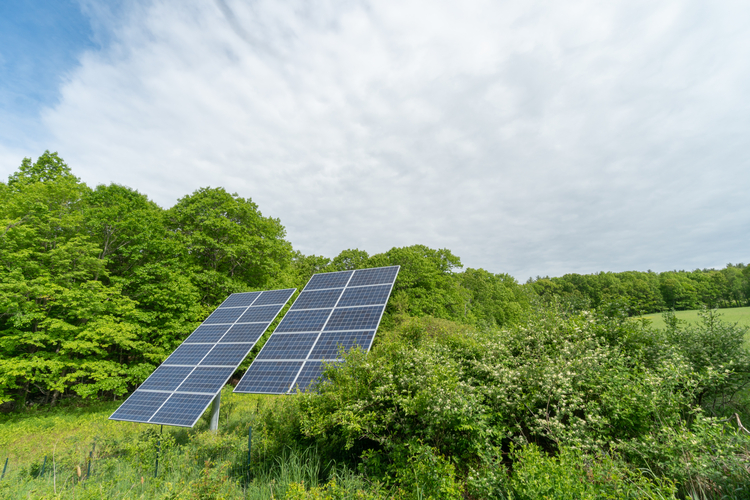
Buying versus leasing solar panels
While both buying and renting solar panels are cost-effective green solutions to powering your home, there are different advantages to both options. When you buy solar panels, they can increase your home’s value and save you more in your monthly energy costs. On the other hand, upfront costs for solar panels are much less when leasing, and you are not in charge of future maintenance.
No matter what you decide, there are several statewide and third-party programs to help you finance solar panel installation. If you choose to use a third-party program, there are typically two types of agreements. The first is a lease that allows you to only pay for the solar system rather than the electricity generated. The second option is a power purchase agreement (PPA) in which the provider installs the PV array and then sells the electricity generated back to you at a rate that is usually lower than the local utility price.
If leasing or buying isn’t feasible for you, a community solar program where you receive energy from a shared solar system, may be a perfect solution.
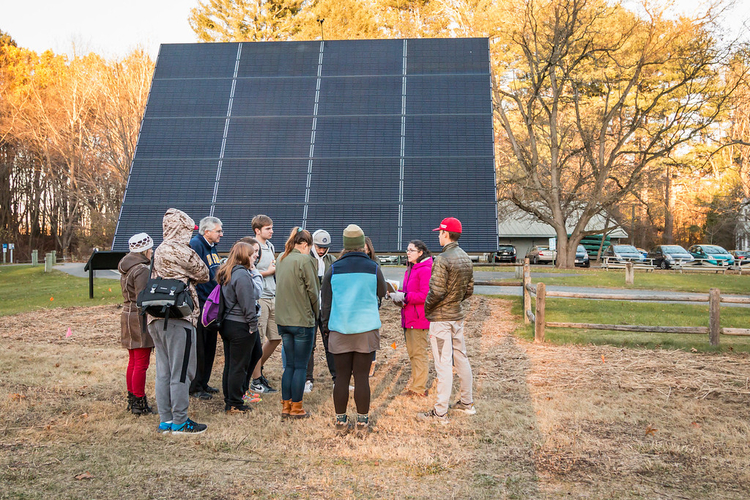
Solar at Mass Audubon
Here at Mass Audubon, we strongly support responsibly-sited solar power, and improved access to it, as highlighted in our Action Agenda goals. Through careful site selection and consideration, 20 Mass Audubon wildlife sanctuaries are powered in part or in full by solar PV arrays. Our teams meticulously choose solar installation sites to minimize the loss and fragmentation of existing ecosystems and support resilient landscapes, so our first choice is to always install solar panels on an available roof.
Mass Audubon’s largest array, with 119 PV roof panels, powers the Environmental Learning Center (ELC) at Drumlin Farm in Lincoln, and even has excess power for nearby buildings to use. In addition to the ELC, the Nature Center, Farm Life Center, and Green Barn are all equipped and powered in part by separate solar arrays.
Unlike the panels at Drumlin Farm that are fixed in one direction, the PV array at the Arcadia Wildlife Sanctuary in Easthampton tilts and rotates to follow the sun. Throughout the day, the panel adjusts to track the sun’s location and generates as much solar energy as possible. Compared to a fixed array, adjustable arrays can harness 45% more power.
In April of 2022, the Boston Nature Center in Mattapan announced it’s accomplishment of reaching a net-zero energy status, or becoming carbon neutral, through the installation of solar panels on the George Robert White Environmental Conservation Center, and a nearby ground-mounted array. By becoming carbon-neutral, the Boston Nature Center is eliminating the emission of more than 136,000 pounds of heat-trapping carbon dioxide annually.
Learn more
If you want to learn more about the solar panel benefits, costs, and programs, visit Mass Save, an organization that aims to help residents and businesses across Massachusetts save money and energy, leading our state to a clean and energy-efficient future. Be a leader in your community and consider switching to solar power today.




